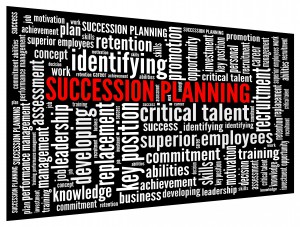Although there are certainly trends in business succession, this doesn’t always mean that the general approach is the best one. Planning ahead and carefully considering the implications of any one choice is the best way to approach this delicate subject. 
In the past, it would have been assumed that it’s best to keep the business in the family by passing it along to the oldest child. While there are certainly situations where this is true, it doesn’t mean that it should be your default option. If you’ve seen the hit drama on Fox called Empire, you’ll recognize that succession planning is often more complex than you’ve expected. Communicating with your loved ones and determining their interests and talents is part of the equation, but don’t count on this being your only or best option in the process of succession planning.
In fact, 83% of business owners expect that the family will still own the business in 5 years. In reality, only one-third of them are right. Your future intent has to be clear when it comes to business succession planning. Factor in all the possible outcomes and the desires of the other stakeholders involved to make the best possible decision. If you’re ready to start the conversation about business succession planning, contact us at info@lawesq.net.














